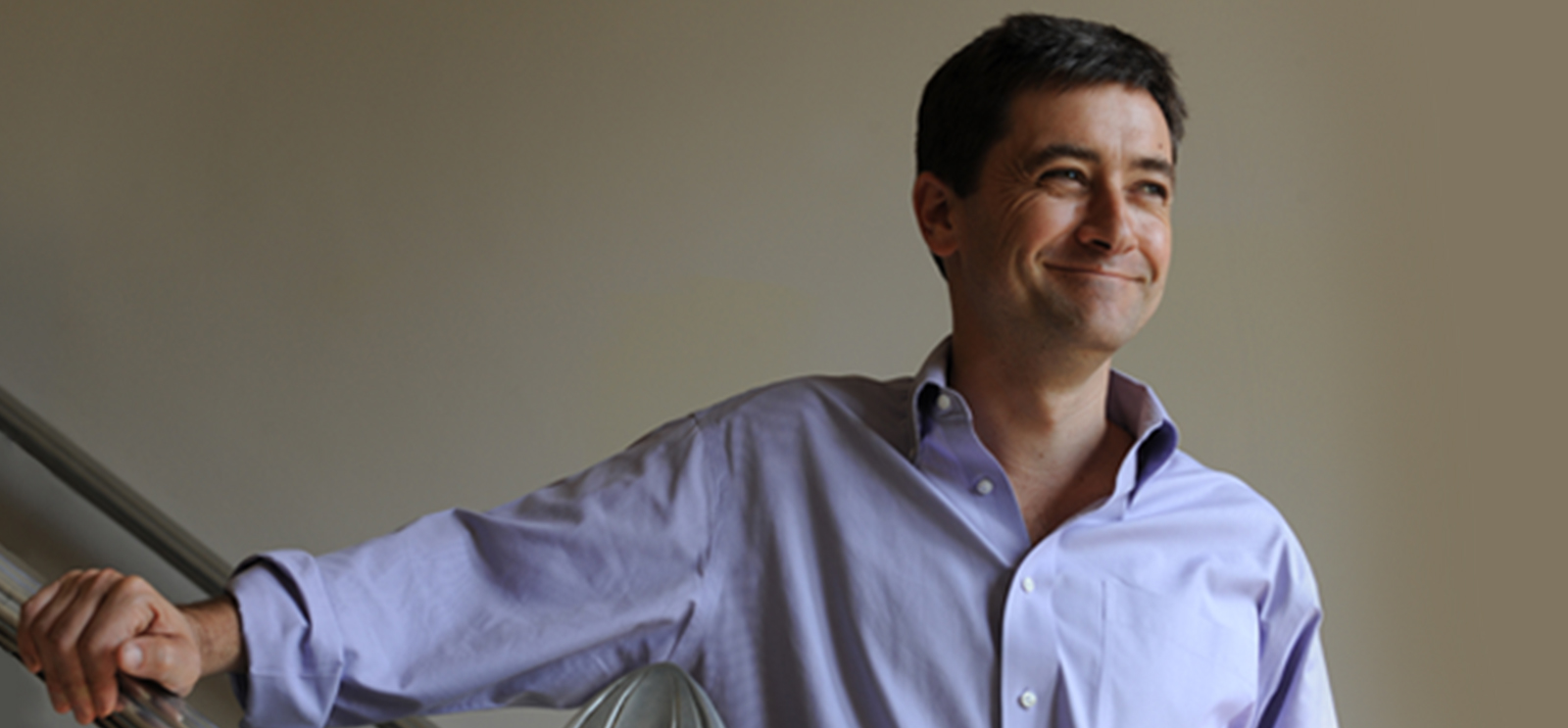
Timothy Knowles, the John Dewey director of the Urban Education Institute. (Photo by Dan Dry)
Urban Education Institute director Timothy Knowles explains why there's reason for hope in Chicago Public Schools.
In 2005 my colleagues at the Consortium on Chicago School Research tracked every student in the Chicago Public Schools from ninth grade through college. The results were shocking. Eight percent of Chicago Public Schools ninth graders earned a four-year college degree by the time they were 25. Among African American boys, the figure dropped to 3 percent. Only four in ten African American boys even made it to high-school graduation. These figures were nothing short of tragic, and the Chicago Tribune crystallized the news with a banner headline.
Yet this story does not end in tragedy. Since then we have been working to change the odds. Our first step was to dig deeper and determine what really matters for high-school and college graduation. One critical discovery was that the best predictor of high-school graduation isn’t race, income, prior test scores, or the neighborhood a student comes from. Rather, it is freshman-year course performance. It turns out high-school success is not determined by a set of immutable characteristics but rather by the conditions of schooling that educators create—and control.
Empowered by our findings, Chicago Public Schools responded—with freshman-year academies, targeted mentoring, interventions for struggling students, and real-time reports detailing student-specific and school-wide trends.
The result of these multilateral actions may prove to be one of the great success stories in urban schooling. Since 2006 the percentage of students finishing freshman year on track to graduate has risen from 55 percent to 73 percent. We now expect more than 5,000 additional students to graduate from Chicago high schools each year. Evidence suggests these graduates will live longer, earn more in their lifetimes, vote and volunteer more often, be significantly less likely to go to prison, and have children with higher levels of educational attainment. This is not just cause for hope. It is cause for confidence.
Today the Urban Education Institute is taking aim at the facts revealed in a report we call “The Three Eras,” an analysis of 20 years of progress in Chicago Public Schools. In October we reported that elementary-school reading scores in Chicago have barely moved in two decades. Worse, in the most recent era of reform, schools that began with the lowest levels of achievement were the least likely to improve, contributing to a growing achievement gap between city schools. Addressing this issue will require the type of robust partnership between practitioners, researchers, and policy makers that are driving improvements in Chicago’s graduation rates.
Our starting point is empirical evidence we have built over the past 15 years that identifies five essentials for school success. The essentials themselves aren’t surprising: ambitious instruction, effective leaders, professional capacity, involved families, and a supportive environment. What is surprising is their power. We’ve found that schools strong on three of five essentials are ten times more likely to make substantial improvement and 30 times less likely to stagnate. And we have shown conclusively that even schools in Chicago’s most disadvantaged neighborhoods can thrive if they address the essentials head on.
The Urban Education Institute is working to bring the essentials to life. We are training and supporting the next generation of teachers for Chicago—teachers capable of enacting ambitious instruction every day. This fall we provided parents, teachers, and school leaders across Chicago with detailed, actionable reports about how their schools stack up on the five essentials. On the four campuses of the University of Chicago Charter School, we are using the essentials as our framework for establishing goals and organizing effort. And in the coming year, our new not-for-profit, UChicago Impact, will provide well-tested tools and training to improve school organization, literacy, and college readiness in 27 cities and 16 states.
Bringing effective practice to scale in the education sector is a complex and sometimes daunting challenge. Yet not long ago the problem of high-school dropouts in Chicago seemed intractable. And while that problem is by no means solved, we have made significant progress—providing evidence of what is possible when practitioners, researchers, and policy makers work in partnership to create reliably excellent urban schools nationwide.
